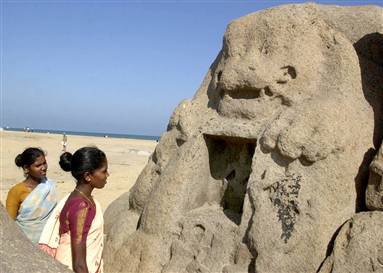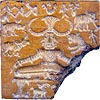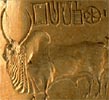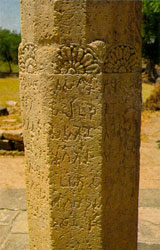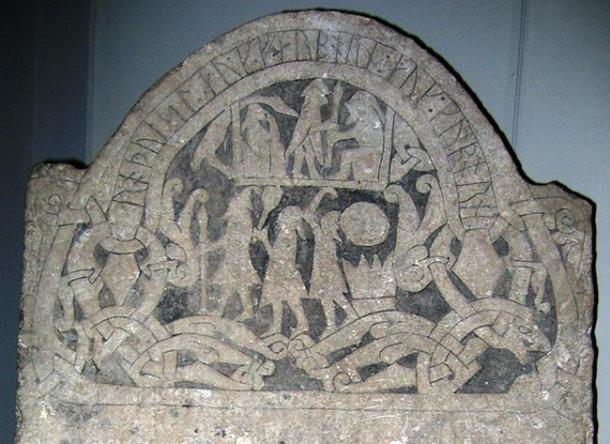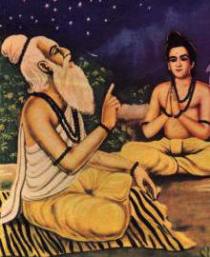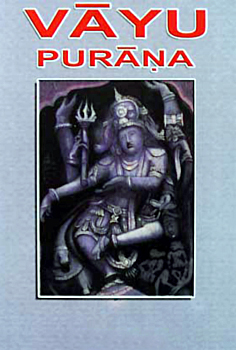T
talwan
Guest
A brief overview of the irrefutable substantial evidence now available which corroborates Vedic statements, timelines, history and innumerable other facts stated in the vast Vedic literatures — much of which unfortunately have previously been regarded as mythology. Strong substantiation by scientific investigation now moves these narrations from the realm of mythology to that of historical facts.
Source: archaeologyonline
More to follow,
Alwan
Source: archaeologyonline
More to follow,
Alwan


